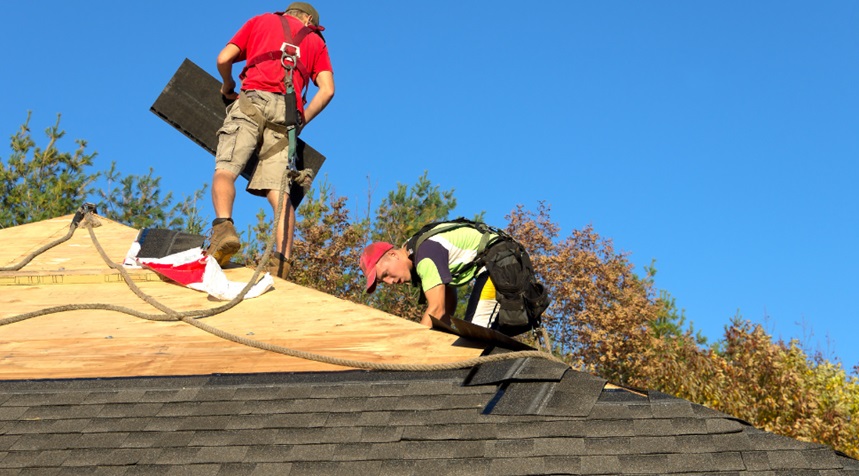
How Roofers Ensure Safety and Compliance During Roofing Projects
Roofing projects are essential for maintaining the structural integrity and aesthetics of buildings, but they come with inherent risks. Professional roofers in Atlanta and across the country prioritize safety and compliance to protect workers, homeowners, and property. This article explores the crucial measures taken by roofing professionals to ensure a safe and compliant work environment.
Safety Equipment and Personal Protective Gear
One of the primary ways roofers maintain safety is through the use of proper equipment and personal protective gear. This includes:
- Harnesses and fall protection systems
- Non-slip footwear
- Hard hats
- Safety glasses
- Gloves
These items are not just recommended; they’re often required by law. Reputable roofing companies invest in high-quality safety equipment and regularly inspect and maintain it to ensure optimal protection.
Training and Certification
Ongoing training is crucial in the roofing industry. Professional roofers undergo rigorous safety training, including:
- Fall protection techniques
- Proper use of tools and equipment
- Hazard identification
- First aid and emergency response
Many roofing companies require their employees to obtain certifications from organizations like the National Roofing Contractors Association (NRCA) or the Occupational Safety and Health Administration (OSHA).
Compliance with Regulations
Roofers must adhere to strict regulations set by OSHA and local building codes. These regulations cover various aspects of roofing projects, including:
- Proper scaffolding and ladder usage
- Electrical safety
- Fire prevention
- Disposal of hazardous materials
Compliance not only ensures worker safety but also protects homeowners from liability issues.
Weather Considerations
Weather plays a significant role in roofing safety. Professional roofers monitor weather conditions closely and adjust their work schedules accordingly. They avoid working in:
- Heavy rain or snow
- High winds
- Extreme temperatures
By being mindful of weather conditions, roofers reduce the risk of accidents and ensure the quality of their work.
Site Management and Organization
A well-organized work site is crucial for safety. Roofers implement strategies such as:
- Designating specific areas for materials and equipment
- Keeping walkways clear of debris
- Properly securing tools and materials to prevent falls
- Implementing a system for waste disposal
These practices not only enhance safety but also improve efficiency and professionalism.
Communication and Teamwork
Effective communication is essential in roofing projects. Teams use various methods to stay connected and informed:
- Regular safety meetings
- Hand signals for noise-heavy environments
- Walkie-talkies or other communication devices
Good teamwork ensures that all workers are aware of potential hazards and can respond quickly to emergencies.
Specialized Equipment and Techniques
Roofing technology has advanced significantly, offering new ways to enhance safety. Some innovations include:
- Aerial lifts for safer access to high areas
- Robotic roofers for hazardous tasks
- Advanced fall protection systems
While these technologies can improve safety, they require proper training and implementation.
Conclusion
Safety and compliance are paramount in the roofing industry. Professional roofers invest significant time and resources into creating a safe work environment. By adhering to strict safety protocols, staying up-to-date with regulations, and utilizing advanced equipment, roofers protect themselves, their clients, and the integrity of their work.
For homeowners considering a roofing project, it’s crucial to choose a reputable company that prioritizes safety and compliance. Understanding the various types of roofs and their applications can also help you make informed decisions about your roofing needs.
